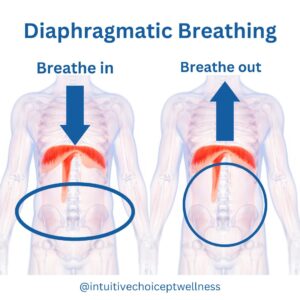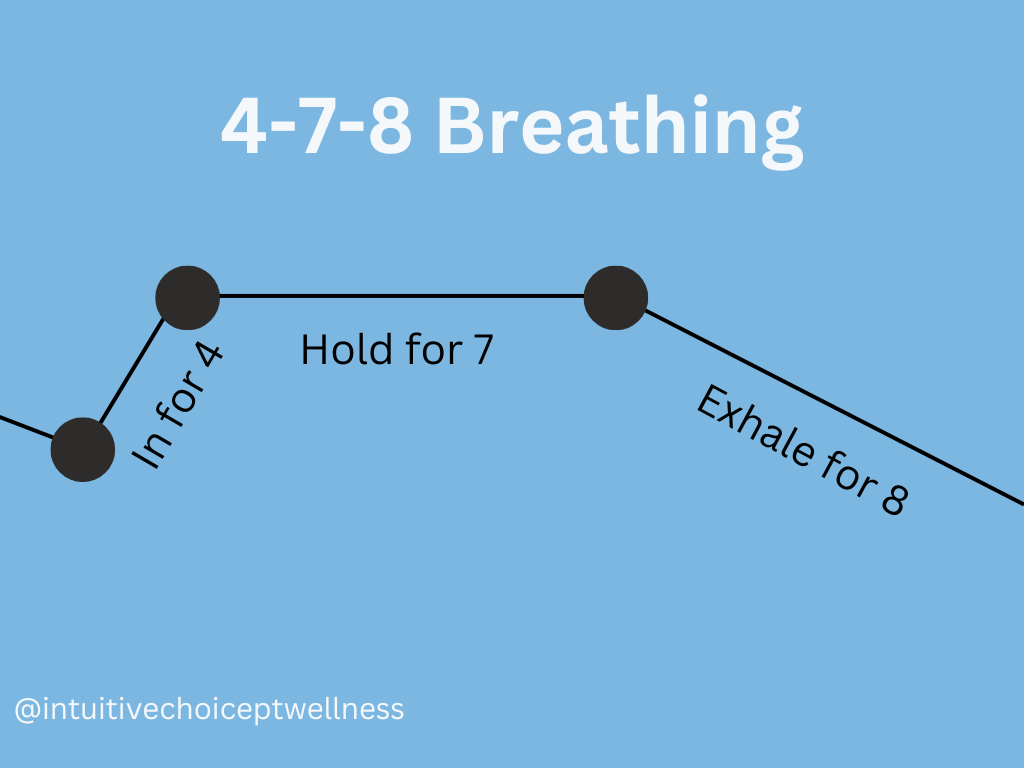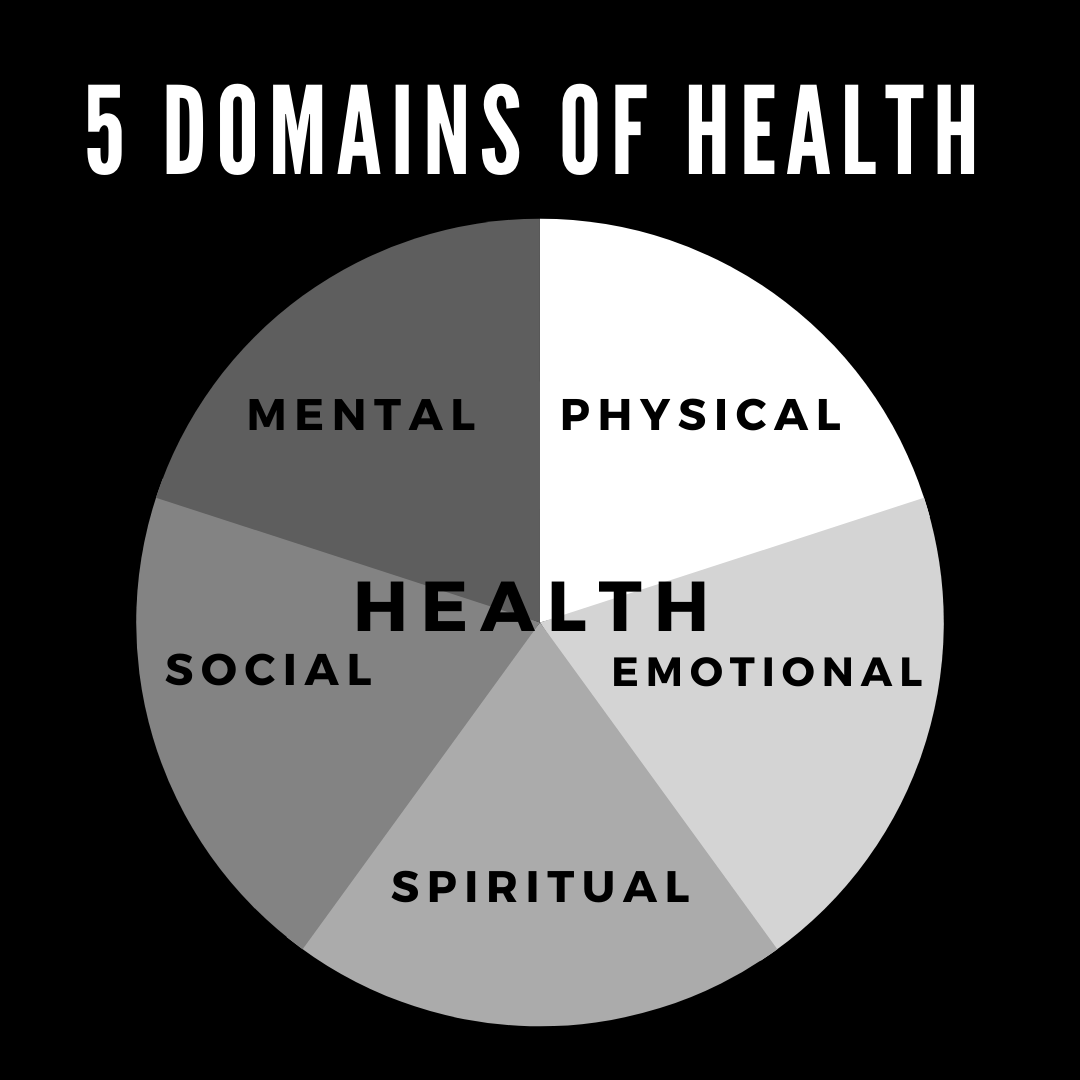Chronic pain causes a lot of frustration and unknowns. Breathing techniques for chronic pain can help. This is because once pain lingers for a while, it can trigger feelings of hopelessness and anxiety, pushing the system into overdrive. Do any of these sound familiar?
Will I ever get better?
How can I manage?
How am I going to make it through my day?
Will so and so be disappointed that I don’t come to this event?
You get anxious about the unknown, and it’s easy to get stuck in a pain spiral. So, how do you break the cycle and come back into a relaxed state where you feel more peaceful and in control?
Harnessing the power of your breath to treat chronic pain can be powerful.
How Do Breathing Techniques for Chronic Pain Help?
The breath rate is controlled by a branch of our nervous system called the autonomic nervous system.
It controls all of the body’s involuntary functions, like heart rate, blood pressure, respiration rate, digestion, sexual response, immune response, and the production of body fluids, like sweat.
This nervous system has two parts, the sympathetic nervous system and the parasympathetic nervous system.
The sympathetic nervous system prepares the body for “fight or flight,” and the parasympathetic nervous system prepares the body to “rest and digest.” Both of these systems have to work together to keep us safe and functioning properly.

When pain persists, the sympathetic nervous system becomes over activated, resulting in hypersensitivity to stimuli, which makes pain worse.
Over time, this can also result in irritable bowel syndrome, increased blood pressure, autoimmune conditions, or increased stress response.
This is why a key strategy in the management strategy for chronic pain is to promote more parasympathetic nervous system activity.
The breath is unique because it is the only function of this system that you can choose to consciously control. By utilizing specific breathing techniques you activate the parasympathetic nervous system and calm the body.
With repeated practice, this can decrease sensitivity to pain.
Breathing Exercises for Pain and Anxiety
Use these techniques frequently to get results.
The more you practice these, the more you will rewire your nervous system and build a habit of using these breath patterns more automatically.
This will shift your body into a parasympathetic state, which can decrease the intensity of pain over time.
Breathing Posture for Pain Relief
For each of the following techniques, you should use what is called the “resting position of the jaw.” This is where you close your lips and place the tongue lightly against the roof of your mouth.
For posture, you should either be laying comfortably or sitting tall but not rigid to allow for better oxygen exchange.
Relax the shoulders away from your ears.
Place one hand on your chest and the other hand on your stomach. This is to give yourself feedback to make sure you are doing the technique properly.
Diaphragmatic Breathing to Relieve Chronic Pain
This diagram shows the diaphragm and how it sits between the lung and stomach cavity.
When you breathe in, the diaphragm should move down into the stomach cavity, which should push the abdomen out, creating more room in the lungs.
When you breathe out, the diaphragm moves up and helps to push the air out of the lungs.
Most of us don’t engage the diaphragm fully when we breathe.
To fix this, place one hand on your stomach and breathe in, allowing the abdomen to expand out into your hand.
Breathe in this way while performing the following techniques.

4-7-8 Breathing Technique For Pain Relief
This technique was developed by Dr. Andrew Well, and his goal was to help relax the body and give the nervous system a reset.
The heart rate decreases during exhalation, so this technique increases parasympathetic activation.
This is how you do it.
- Blow all air out with lips parted while keeping the tongue on the roof of the mouth
- Breathe in through the nose for a count of 4
- Hold the breath for a count of 7
- Exhale through the mouth for a count of 8

Box Breathing For Pain Relief
Box breathing is a technique used by the Navy Seals.
It was also recently demonstrated in Limitless, on Disney + to help Chris Hemsworth calm himself before he entered a burning building.
This technique brings you back to the present moment so that you can be more mindful during times of increased pain.
The technique is as follows:
- Breathe in through the nose for a count of 4
- Then, hold your breath for a count of 4
- Exhale through your mouth for a count of 4
- After, hold your breath again for a count of 4

Alternate Nostril Breathing For Chronic Pain
Alternate nostril breathing is a yogic breathing technique, also called pranayama.
It activates the parasympathetic response and allows the body to relax, decreasing muscle tension.
Being in this calm state also promotes repair and healing in the body with repetitive practice.
Studies have also shown that it also leads to increased parasympathetic tone over time, which promotes greater cardiovascular health.
Beneficial changes in mood and the overall emotional state were also observed, which can be very helpful when dealing with chronic pain.
The technique is as follows:
- First, place finger over right nostril to block it while inhaling through your left nostril.
- Then, block your left nostril with your finger and exhale through your right nostril.
- Leave your finger in position and inhale through the right nostril.
- Finally, block the right nostril with your finger and exhale through the left nostril.
Work up to practicing this technique for 10 minutes to reach maximum benefit.

This video provides a visual demonstration of diaphragmatic breathing, box breathing, and explains about the parasympathetic nervous system in greater detail. As explained previously, sitting and practicing these techniques
Practicing these breathing techniques for chronic pain regularly can lead to improved nervous system regulation so that you are less reactive to pain and stress over time.
Breathing is so powerful and simple at the same time. It can be done anywhere to help you decrease your pain levels and build resilience.
(c) [2022] [Megan McLain, Intuitive Choice Physical Therapy and Wellness]

Ashley and Megan started Intuitive Choice Physical Therapy and Wellness to provide alternatives to our broken healthcare system and create the opportunity to serve their clients like family. We look forward to partnering with you on your journey toward true wellness.






